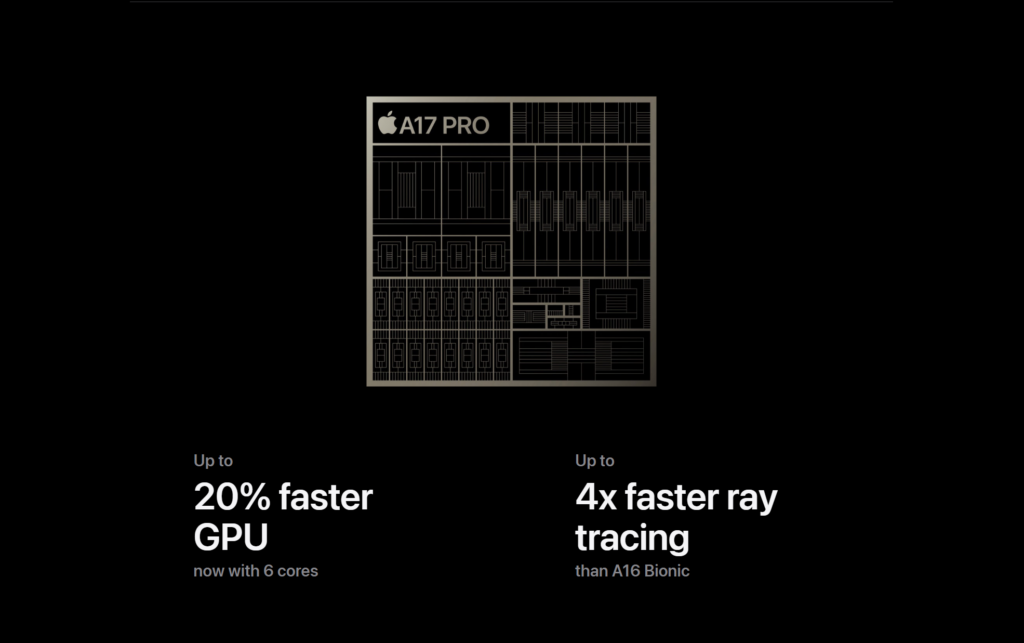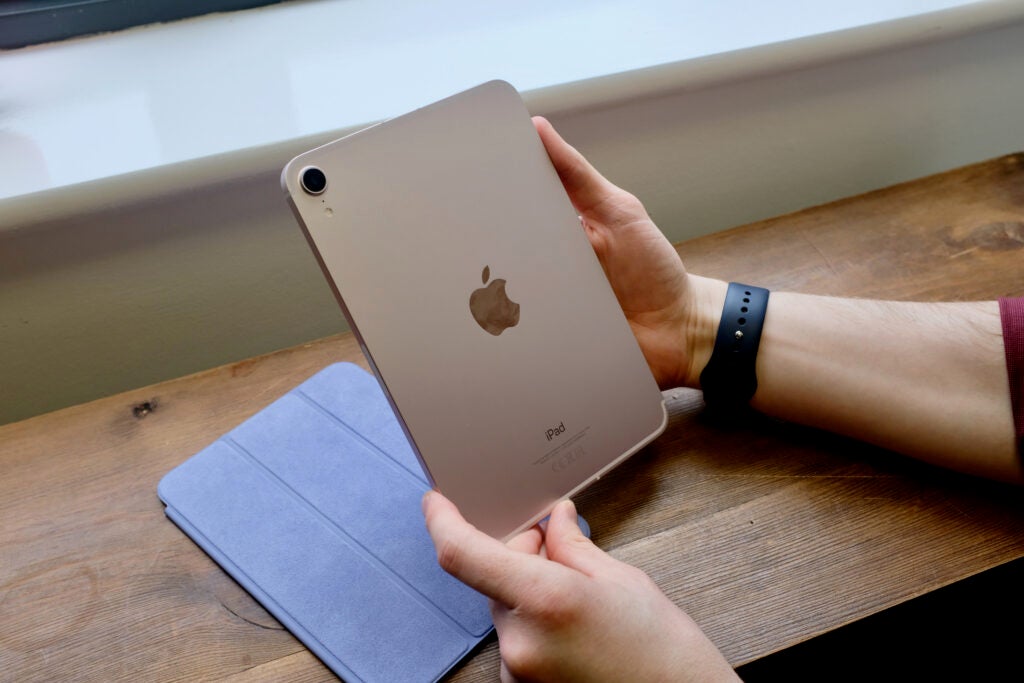
Apple surprised us all with the announcement of the iPad mini 7 (2024) – but what’s new compared to the older iPad mini 6 (2021)?
While the two sport a near-identical design, complete with an 8.3-inch IPS LCD screen, flat edges and rounded corners like the rest of the iPad collection, there are a handful of upgrades on offer from the newer iPad mini that might tempt you.
While we’re yet to go hands-on with the new iPad mini 7 (2024), here’s how the two tablets compare on paper.
Release date and pricing
The new iPad mini 7 (2024) is available to pre-order now ahead of release on 23 October 2024, and starts at the same £499/$499 as the previous-gen iPad mini.
The iPad mini 6 (2021), on the other hand, has been discontinued by Apple in the wake of the release of the newer model. However, it’s still available to buy at third-party retailers while stock lasts, and it’s likely that it’ll drop below the £499/$499 mark with the newer model inbound.
The new iPad mini offers A17 Pro power
One of the key upgrades of the new seventh-gen iPad mini is Apple’s 3nm A17 Pro chipset, the chipset of choice for last year’s iPhone 15 Pro and iPhone 15 Pro Max.
That’s a solid upgrade compared to the A15 Bionic chipset found within the sixth-gen iPad mini, representing a two-generation jump in processing power.


It’s safe to say that the new iPad should be noticeably faster at everyday tasks than its predecessor, and importantly, it allows the iPad mini to run AAA console games like Resident Evil Village available on the App Store for the first time. The ageing A15 Bionic just wasn’t up to the task, apparently.
The iPad mini 7 boasts Apple Intelligence support
With the Apple A17 Pro chipset also comes support for Apple’s big new feature for 2024, Apple Intelligence. As is the case with other supported tablets like the latest iPad Air and iPad Pro, Apple’s new small-screen tablet is about to get a whole lot more intelligent thanks to AI.
We’ve covered Apple Intelligence features separately if you’re curious about the upcoming functionality, but with the initial release, key features include the ability to rewrite texts and emails, summarise text nearly anywhere you see it within iPadOS, remove distractions in images with the Clean Up tool and get AI-generated notification summaries.
More powerful features, like Image Playground, Image Wand, Genmoji and the much-awaited upgrade to Siri, are scheduled to come a little later down the line.


With Apple Intelligence requiring either an A17 Pro or M1 chipset as a minimum, the older iPad mini 6 won’t be getting access to any Apple Intelligence features.
The new iPad mini plays nicely with the Apple Pencil Pro
While the iPad mini 6 worked well with the USB-C-connected Apple Pencil, the iPad mini 7 takes that up a notch with support for the Apple Pencil Pro that was revealed alongside the iPad Pro range earlier this year.
It essentially includes all the functionality of the regular Apple Pencil, which already made for a great writing experience on the tablet, along with new squeeze-sensing tech. Depending on the app in use at the time, the squeeze shortcut can bring up a tool palette to quickly switch tools, adjust line weight and change colour.
There’s also a new haptic motor within the Apple Pencil Pro to provide gentle feedback when it registers a squeeze or double-tap.


Most importantly, the new Apple Pencil Pro sports a built-in gyroscope, allowing the pencil to detect rotation for the first time. This essentially allows you to rotate the barrel of the Pencil to change the orientation of shaped pen and brush tools on screen, more naturally emulating the pen and paper experience.
The iPad mini (2024) features improved connectivity
It may not be the most exciting suite of features, but the iPad mini (2024) also boosts the connectivity prowess of the small-screen tablet.


The headline upgrades include support for Wi-Fi 6E, which according to Apple, delivers double the performance of the Wi-Fi module found within the iPad mini 6 for faster downloads and better video streaming capabilities.
The USB-C port has also had an upgrade, offering data transfers of up to 10Gbps, twice the 5Gbps of the iPad mini 6, for faster imports of large photos and video files.
And, although not exclusive to this generation of iPad, both generations of iPad mini come with optional 5G support via a built-in eSIM.






